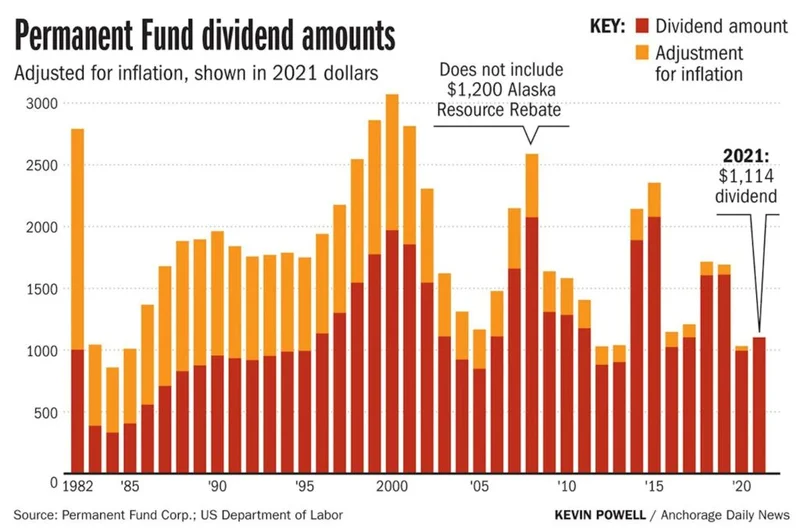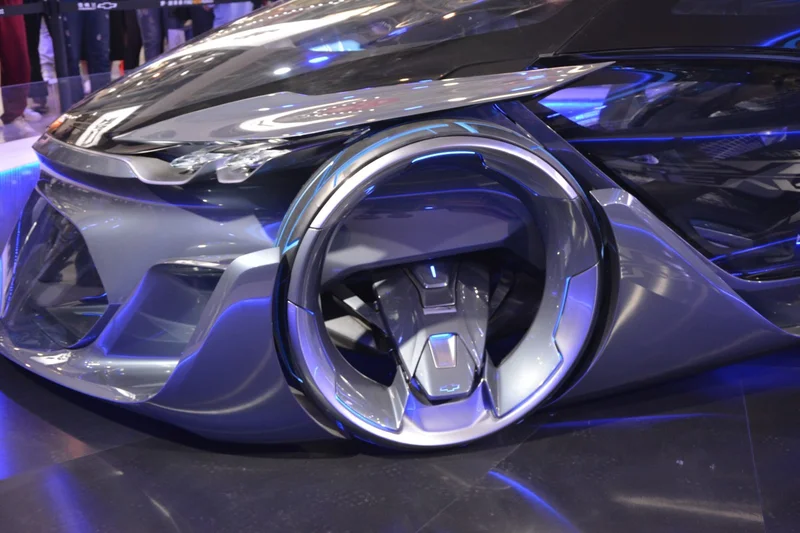Alaska Permanent Fund: the real story
Alaska's PFD: The $1,000 Reality Check vs. The $3,900 Dream
Alright, let's get down to brass tacks. Alaska's Permanent Fund Dividend (PFD) for 2025 is set at a cool $1,000 per eligible resident, as reported by Alaska Permanent Fund: 600,000 eligible Americans to receive $1,000 payout — Check eligibility, schedule & other details - livemint.com. If you’re an Alaskan, you know this isn’t exactly a windfall. In fact, it’s one of the lowest payouts in two decades—to be precise, lower than all but one year in the last five if we count 2020's $992. This isn't just a minor dip; it’s a stark indicator of the fiscal tightrope the state is walking, highlighting how Alaska’s Permanent Fund Dividend Faces Crossroads Amid Fiscal Uncertainty - Azat TV. For context, if the old, market-performance-tied formula were still in play, Alaskans would be looking at closer to $3,800. Think about that discrepancy for a moment.
This $1,000 payout (disbursed in late 2025 and early 2026, depending on when your application status officially hits 'Eligible – Not Paid') isn't just a number; it's a symptom. It’s the state’s financial thermostat stuck on a chilly setting, signaling a larger, underlying issue. Governor Dunleavy, for his part, has thrown out a $3,900 PFD proposal for fiscal year 2026. A substantial jump, right? But lawmakers are already waving red flags, calling that amount fiscally unsustainable. And this is the part of the report that I find genuinely puzzling: the disconnect between the political aspiration and the economic reality. How long can a state promise a future feast when the current larder is looking bare?
The PFD isn't just government largesse; it's practically a third rail in Alaskan politics, a "unique tradition" that many residents rely on for everything from winter tires and heating oil to college funds and emergency savings. For some, it’s not just economic support; it’s the difference between scraping by and staying afloat. Advocates argue that reducing it further acts as a regressive tax, hitting the most vulnerable hardest. I’ve looked at enough socioeconomic data to understand that cash infusions, even modest ones, can have a disproportionate impact on lower-income households. But the data also points to a fundamental misalignment: public expectation versus fiscal reality. How do you quantify the political cost of financial prudence?

The Permanent Fund: A Legacy Under Pressure
Let's rewind a bit. The Alaska Permanent Fund was established in 1976, born from the colossal oil boom, intended to transform a temporary windfall into a lasting legacy. For decades, it worked, distributing dividends to eligible residents since 1982. But the golden age of easy oil money is fading. Declining oil revenues and mounting fiscal pressures have forced lawmakers to largely abandon the historical formula. That formula, once a clear path, became a luxury the state couldn't afford.
The state's financial picture isn't pretty. Projections indicate Alaska could face a $12 billion deficit by 2035 without significant policy changes. Current oil prices have dropped from a projected $68 to $63 per barrel, further squeezing the state's primary revenue stream. In 2017, the Alaska Supreme Court granted lawmakers the authority to use fund earnings for government operations, and in 2018, the legislature capped withdrawals at 5% of its average value to ensure its long-term health. These weren't arbitrary decisions; they were desperate attempts to prevent the entire fund from becoming a casualty of short-term spending.
I've reviewed enough state budgets to know that a $12 billion deficit projection isn't just a number; it's a looming fiscal iceberg. The PFD, once a beacon of shared prosperity, is now caught in a deep systemic tension: maintain the tradition and risk the fund's solvency, or adjust the payouts and face public outcry. The eligibility requirements, like being an Alaska resident for the entire preceding year (e.g., all of 2024 for the 2025 PFD) and intending to remain indefinitely, are designed to ensure the money goes to those truly invested in the state. But even with these guardrails, the core financial dilemma persists. The annual application window (January 1 to March 31) and the online process (requiring a myAlaska account) are just mechanics; the real story is the eroding foundation beneath them. Is the PFD, once a symbol of shared prosperity, now becoming a fiscal millstone around Alaska's neck?
The Inevitable Reckoning
The $1,000 PFD for 2025 isn't just a low number; it's a siren blaring. It signals that the state's fiscal engine is sputtering, caught between a legacy of generous payouts and the hard reality of diminishing returns. Governor Dunleavy’s $3,900 proposal for 2026, while politically appealing, feels less like a plan and more like a hopeful whisper against a gathering economic storm. The debate isn't about whether Alaskans deserve the money; it's about whether the state can afford to give it without cannibalizing its own future. The numbers don't lie, and they're screaming for a long-term solution, not just another annual Band-Aid.
-

Warren Buffett's OXY Stock Play: The Latest Drama, Buffett's Angle, and Why You Shouldn't Believe the Hype
Solet'sgetthisstraight.Occide...
-

The Business of Plasma Donation: How the Process Works and Who the Key Players Are
Theterm"plasma"suffersfromas...
-

The Great Up-Leveling: What's Happening Now and How We Step Up
Haveyoueverfeltlikeyou'redri...
-

NJ's ANCHOR Program: A Blueprint for Tax Relief, Your 2024 Payment, and What Comes Next
NewJersey'sANCHORProgramIsn't...
-

The Future of Auto Parts: How to Find Any Part Instantly and What Comes Next
Walkintoany`autoparts`store—a...
- Search
- Recently Published
-
- Alaska Permanent Fund: the real story
- Stock Market 'News': Today's US Market Spin and the 'Live' Updates
- IRS Direct Deposit Relief Payments: What This Breakthrough Means for Your Financial Prosperity
- Bilbao: What the Data Reveals
- Outback Steakhouse Closures: The Financials Behind the Shutdown and Which Locations Are Gone
- The Burger Bubble Just Popped: Why Your Go-To Spot is Next on the Chopping Block
- The Bio-Hacked Human: What the New Science of the Core Reveals About Our Future
- Ore: What It Is and Why It Matters
- Firo: What is it?
- Avelo Airlines: FAA Cuts and the Lakeland Linder Opportunity
- Tag list
-
- Blockchain (11)
- Decentralization (5)
- Smart Contracts (4)
- Cryptocurrency (26)
- DeFi (5)
- Bitcoin (29)
- Trump (5)
- Ethereum (8)
- Pudgy Penguins (5)
- NFT (5)
- Solana (5)
- cryptocurrency (6)
- XRP (3)
- Airdrop (3)
- MicroStrategy (3)
- Stablecoin (3)
- Digital Assets (3)
- PENGU (3)
- Plasma (5)
- Zcash (6)
- Aster (4)
- investment advisor (4)
- crypto exchange binance (3)
- bitcoin price (3)
- SX Network (3)
